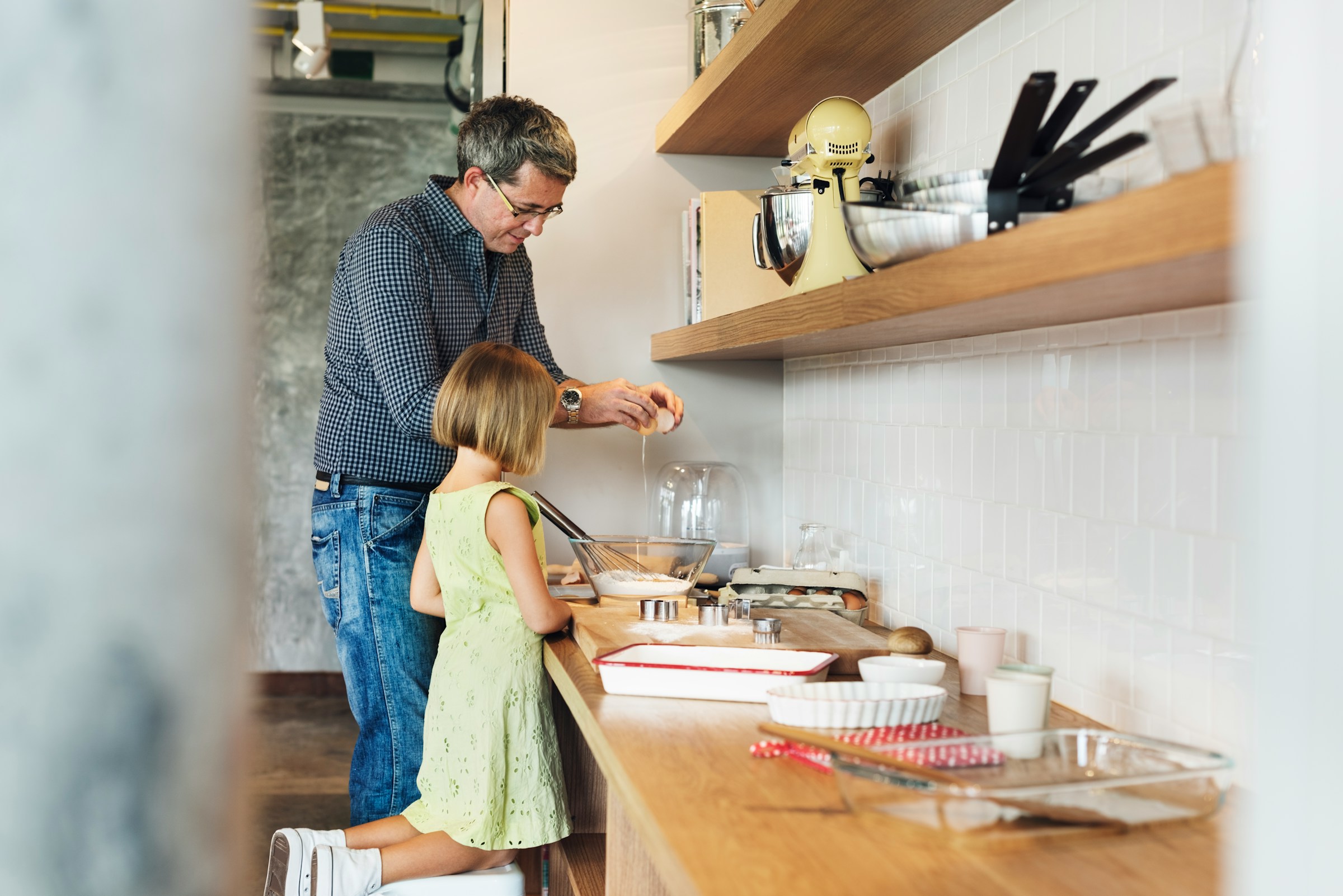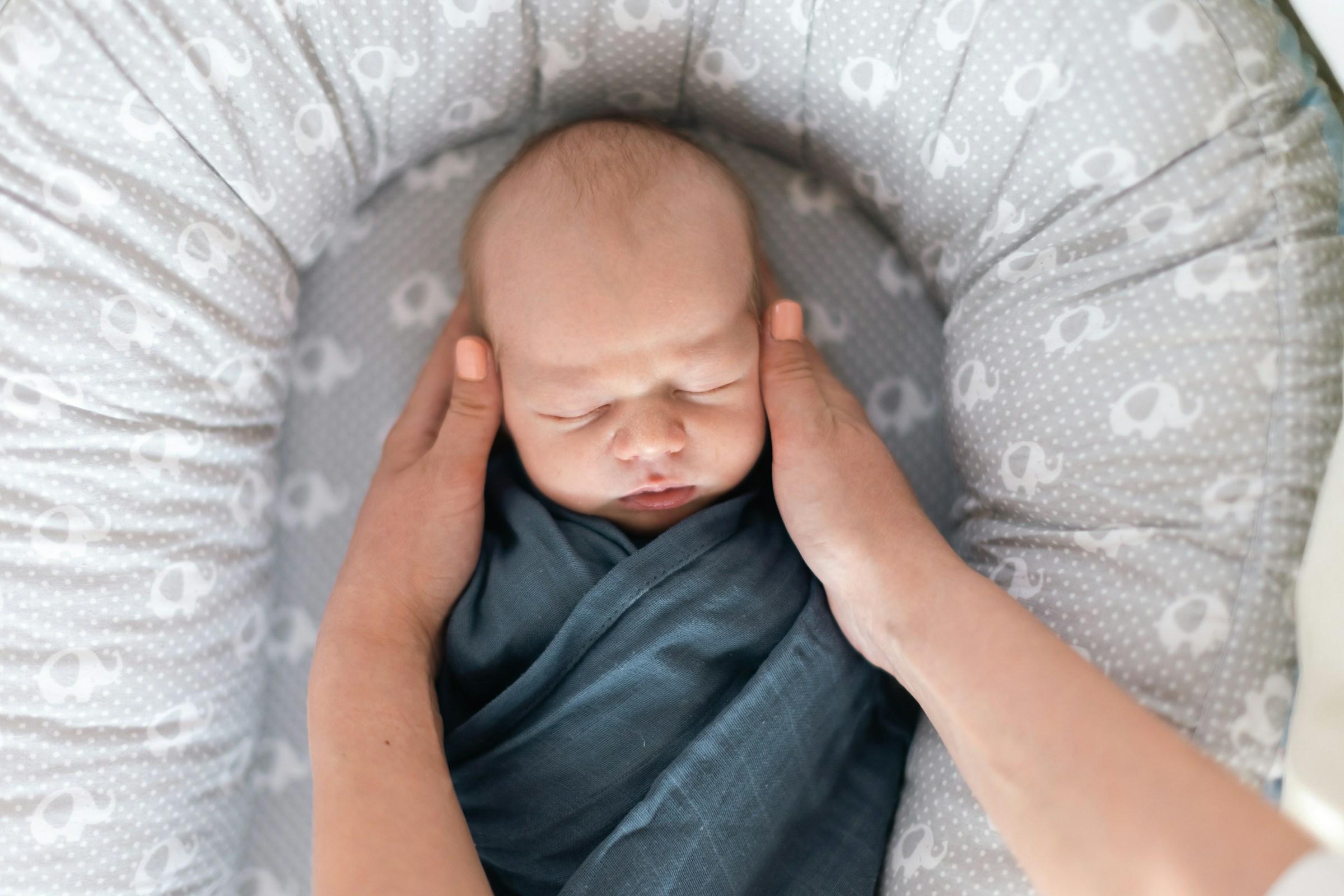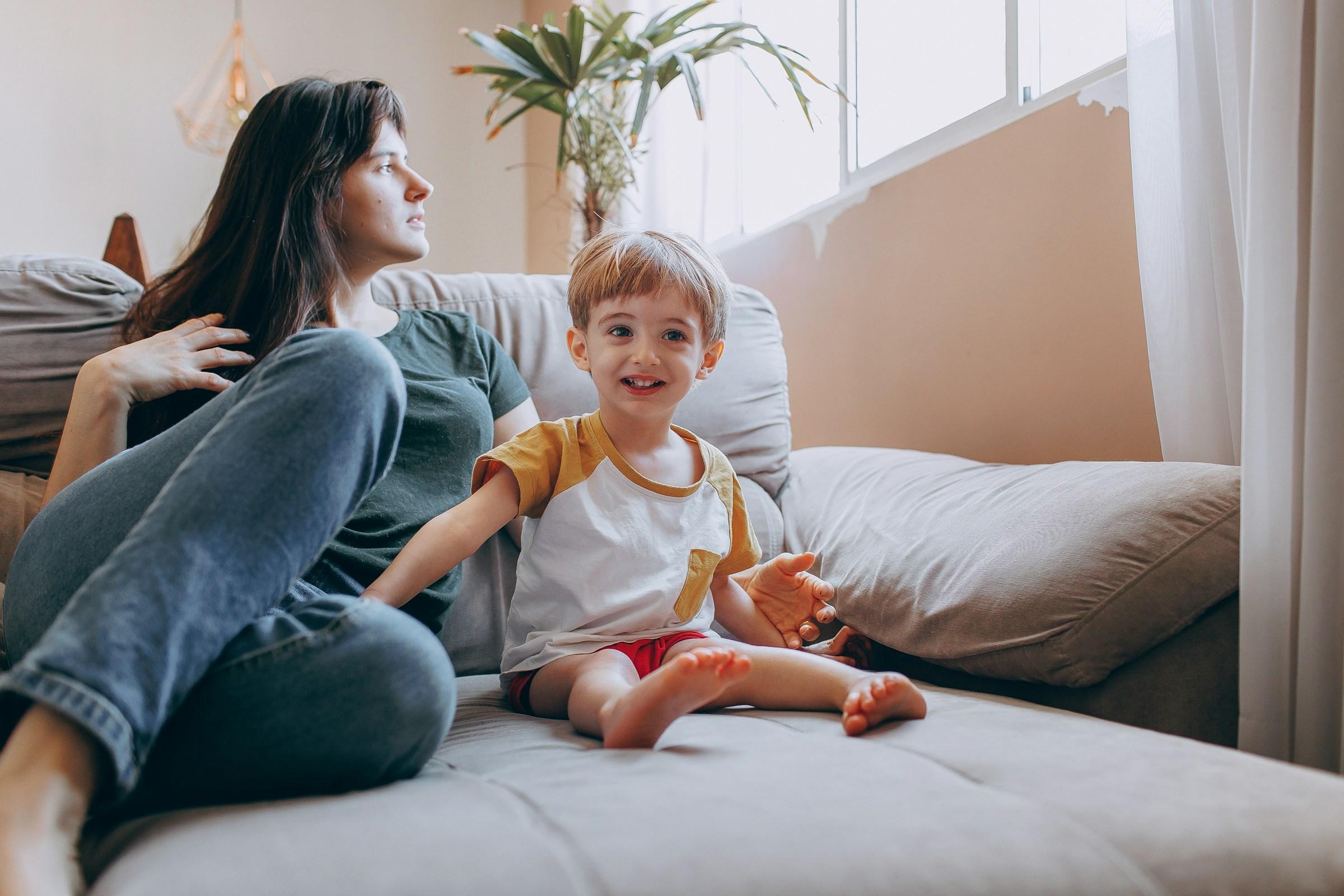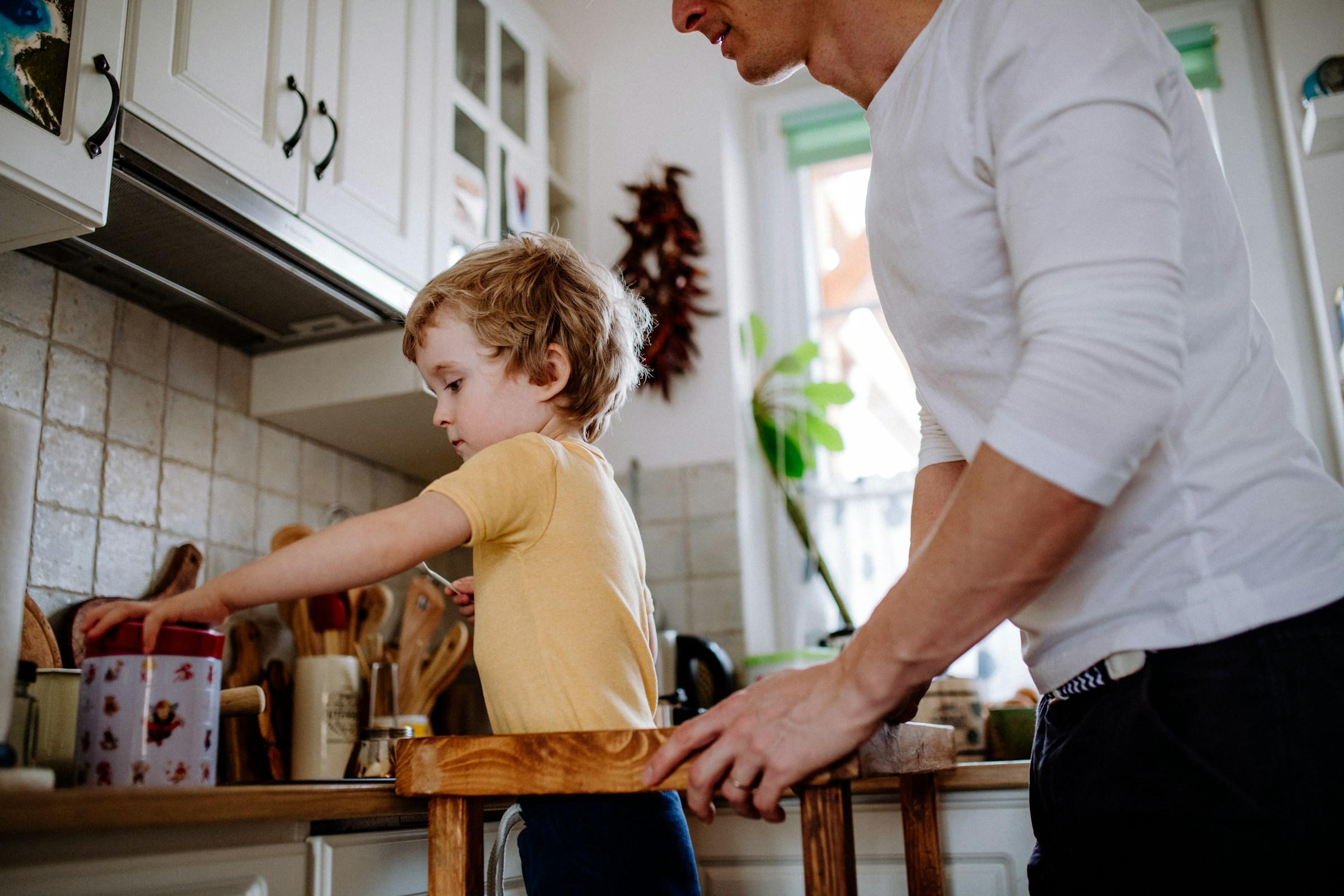Saying yes more often in parenting is not a promise of unlimited treats or a surrender of authority. It is a deliberate decision to move from reflex to reflection. Many parents grew up with a default no because it felt efficient and safe. A quick refusal saves time, ends a conversation, and prevents a mess before it begins. Yet families are discovering that a careful yes, offered with context and boundaries, can lower the temperature at home, strengthen relationships, and quietly teach skills that children will use for life. The shift is less about permissiveness and more about precision. It replaces a hard stop with a small plan.
The first and most visible change is tone. Homes that lean on yes feel different to live in. There is less barking of orders and more steady dialogue. Children are still corrected and guided, but they are not brushed aside. When a child asks for something and the parent answers with a shaped yes, the conversation opens and frustration often drains away. A reply like, yes, after dinner, or yes, if you set a timer and stop when it rings, creates a path. Children can see the next step and are less likely to spiral into bargaining or protest. The adult’s voice also changes. A parent who knows they can say yes with conditions does not need to defend a hard line every time. Calm becomes the default mood rather than a reward that arrives only after a conflict ends.
A second benefit is the practice of agency. Children who hear guided yes learn to make decisions inside safe boundaries. Choice becomes a habit rather than a rare privilege. A four year old who picks between the red shirt and the green shirt is doing more than choosing a color. They are exercising judgment, taking ownership of a small part of the day, and learning that decisions lead to consequences that feel immediate and understandable. Over hundreds of little moments, children start to act without waiting to be pushed. They pack a bag for sports because they know they are the ones who need it. They set out homework because they have learned that starting on time earns them more freedom later. Agency, once practiced, becomes a practical strength that frees both child and parent from endless prompting.
Trust grows alongside agency. A constant stream of no can make children cunning. They may hide, test, or escalate in order to secure what they want. A thoughtful yes breaks that cycle by making expectations visible and achievable. Yes, you can ride your bike after dinner if you charge your lights and tell me the route. The condition is clear, the success is measurable, and the trust is confirmed when the child returns on time with the lights still blinking. That reliable loop, request, condition, follow through, and report back, turns into a shared rhythm that makes the next day simpler. Parents spend less energy policing and more energy partnering.
Decision fatigue lightens for everyone. Families often argue about small things because the day is heavy with micro decisions. The order of bath and story, the brand of toothpaste, the location of shoes near the door, all become battlegrounds when refusal is the main lever of control. A shaped yes removes friction from many of these points. Yes, brush first, story after. Yes, use the mint toothpaste today, we can buy the fruit one when this runs out. The conversation is short, predictable, and honest. Parents conserve willpower for moments that matter, and children feel the shape of the day without resenting it.
There is also a lesson in consent that rides along with a culture of yes. Children learn that boundaries and permission can live in the same sentence. They begin to ask with specifics because they have seen adults respond to specifics. Can I watch one episode if I set a timer and tell you when it ends. That is not manipulation. It is a respectful negotiation that stays in the open. When a request is framed this way, a parent can answer on the merits rather than on impulse. Yes, because you named the limit and the signal that ends it, or no, because it is late and we will be tired tomorrow. Either way, the child practices clarity, and the parent models how to weigh conditions fairly.
A yes forward approach improves risk literacy. The soft no that blocks every climb, jump, and stretch may keep bodies safe in the short term, but it does not teach judgment. A conditional yes does. Yes, you can climb that tree if you show me where your feet and hands will go. The child maps the route out loud, tests their balance, and learns to read risk. Parents are no longer hovering judges who sort activities into safe or unsafe from a distance. They are coaches who help children analyze the real world and proceed with care. The skill travels. A child who can explain how they will climb a tree can also explain how they will cross a busy street, ride a new bus route, or start a new game online.
Screen time is a useful test case. Families are tired of a simple yes or no that turns every request into a tug of war. A conditional yes makes technology less of a secret economy. Yes to YouTube with captions on, volume low, and a five minute debrief about what you watched. The rule is not surveillance. The aim is conversation and comprehension. Media becomes something the family engages with together. Children learn to articulate what they consumed, and parents gain visibility into themes and trends without needing to hover behind a shoulder.
Structure helps this culture thrive. A home that says yes without a system will feel mushy and chaotic. A home that says yes with a simple framework will feel generous and clear. Some families use a whiteboard by the fridge. Some use a shared note on a phone. Others borrow a few light tools from work, like a set of icons or a short label for requests that are approved, delayed, or need a conversation. These small systems turn wishes into visible plans. They reduce the number of surprises and make it easier for parents to hold the line when needed because the line is already drawn.
Critics often equate yes with surrender. They imagine a house where children run the schedule and the adults chase after them. In practice, yes is work. It requires adults to know their non negotiables in advance. Bedtime might be fixed, seat belts might be non negotiable, and kindness to siblings might be a firm rule that does not bend. When those anchors are clear, yes can flex around them without confusion. The approach succeeds with routine and fails in chaos. That observation is not an indictment. It is a design note that points toward steadiness.
Creativity gets a lift under a yes habit. Children build more when they feel welcome to try. Forts appear in the living room, strange new recipes emerge in the kitchen, and comics take shape on the dining table. The house might look messier for a while. The gain is not genius on demand. The gain is confidence and willingness to start. The same yes that opens space for a project can include an exit plan for tidy up. Yes, make the cardboard spaceship, and yes, we clean it all by six. Children learn that freedom and responsibility are two sides of the same coin.
Parents also change. When adults stop performing a role that demands perfection, their shoulders drop. Apologies move in both directions. A parent can say, I snapped earlier, I was tired, can we start again, and the child learns that repair is possible and normal. The adult who says yes to their own limits is offering a subtle gift. Children see that grownups are people, not machines. A home softens when everyone is allowed to be human and to try again.
The shape of yes differs across families. Some homes lean outdoors, with dirty knees and rope swings. Others follow urban routines, with buses to catch and bakeries to visit. The common thread is collaboration. The goal is not to grant every wish. The goal is to raise a person who understands how to move through a world of other people. That skill requires practice. A guided yes offers practice every day.
There are moments when yes does not fit. Illness, grief, and real deadlines tighten the circle, and that is appropriate. A habit of yes does not erase no. It makes no rarer and more respected. When a firm no arrives inside a relationship that contains many earned agreements, children are less likely to treat it as a dare. They recognize the tone because they have heard, seen, and benefited from clarity all along.
Teachers often notice the downstream effect. Students who live with conditional yes bring more purposeful questions to class. May I try the tougher worksheet even if I do not finish. Can I present first so I can help my friend after. These are not perfect children. They are practiced at thinking ahead and balancing needs. Agency moves with them from kitchen table to classroom to team practice. Empathy moves with them as well because they have seen adults weigh competing needs out loud.
Friendships benefit too. Playdates run smoother when children from yes forward homes understand the script. They move through snack, game, and clean up with fewer collisions because the pattern is familiar. Parents who talk to each other share small phrases that work. Shoes stop at the door. Devices leave the table. Please and thank you are expected. None of this needs a manifesto. It needs a few lines that families repeat until they become normal.
Social media can flatten good practices into slogans. There will be mugs and tote bags that declare a philosophy as if it were a single rule. Real change lives in smaller, quieter places. It shows up at seven in the morning when a water bottle is lost and the school bell is not going to wait. Yes, take mine, bring it back full tonight. The day moves on. The house breathes. No one writes a post about it, but everyone feels the difference.
Children remember the climate of their home more than any single rule. A yes forward climate sounds like music with space between notes. It has a rhythm that holds and a middle that flexes. Inside that rhythm, a child practices being a person rather than fighting to win or bracing to lose. Over time the benefits are cumulative. Mornings are quieter. Fights end sooner. Small decisions become routine. Each yes ties to a value you can name, like kindness, safety, or curiosity. Each no carries weight because it is used with care.
A family that tries this approach will still meet messy weeks. A string of easy yes can produce a living room that looks like a garage sale by Saturday. The repair is not a hard swing back to refusal. The repair is a clearer yes next time, paired with a boundary that everyone understands. It is also a parent who owns the wobble. I went too soft there, help me reset. Authority that can correct itself is stronger, not weaker. Children learn that leadership involves accountability.
Saying yes more often is not a checklist with boxes to tick. It is a posture that shifts the air in a home. Parents who adopt it are not giving up control. They are trading brittle control for durable influence. They are inviting their children into the process by which families make choices and keep promises. The result is not a perfect house or a perfect child. The result is a family that knows how to talk, plan, adjust, and keep moving. That is the hidden promise inside a simple word used with care.






.jpg&w=3840&q=75)







